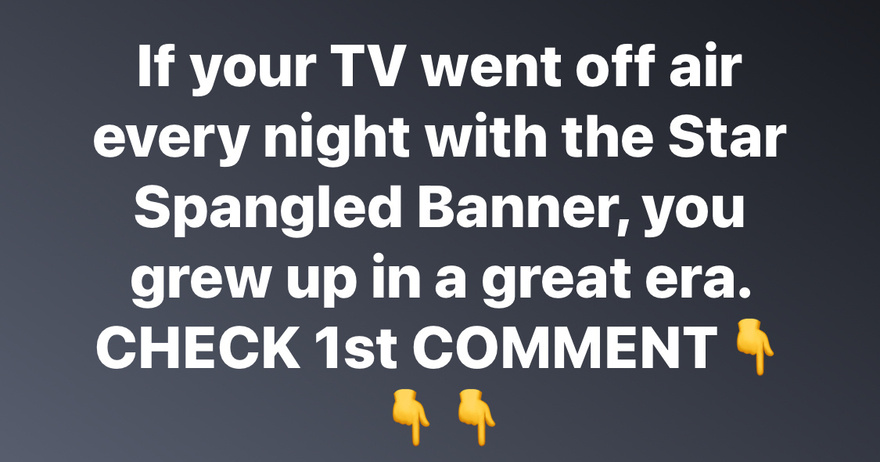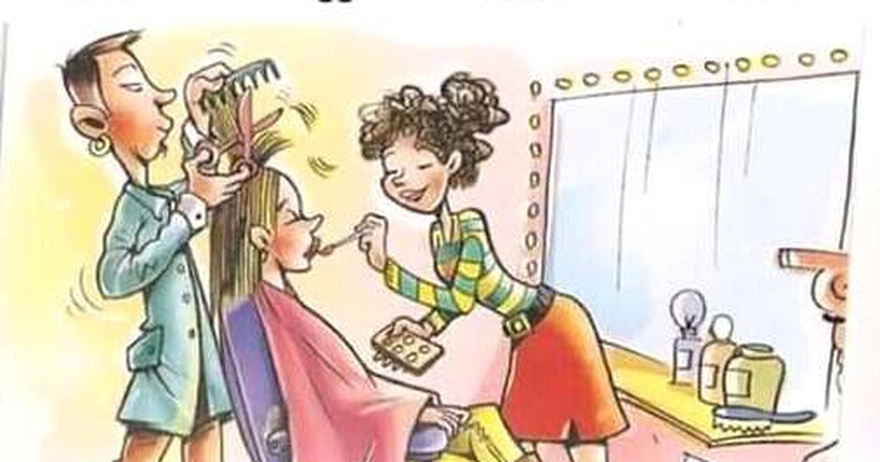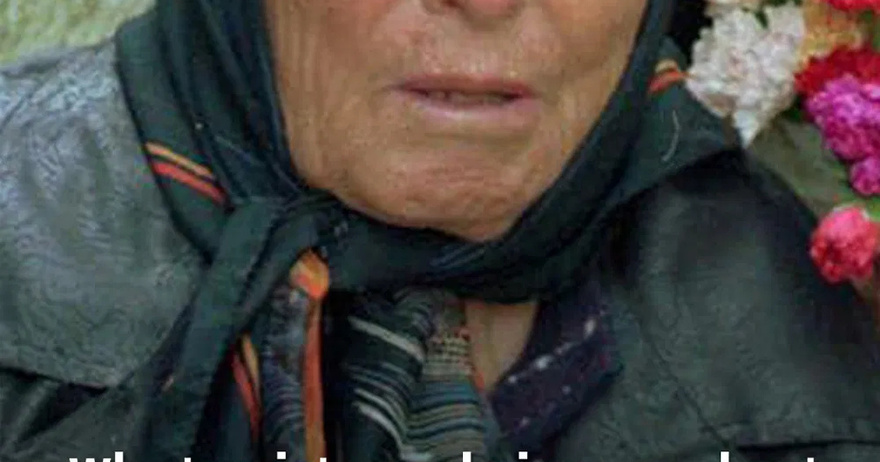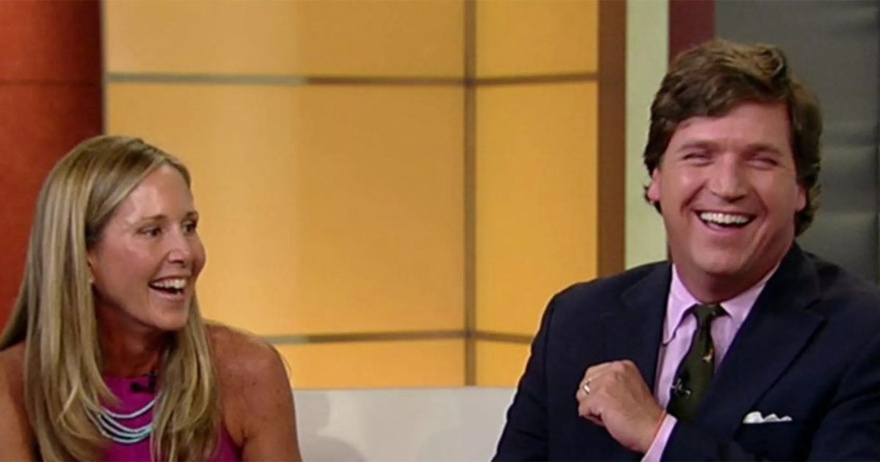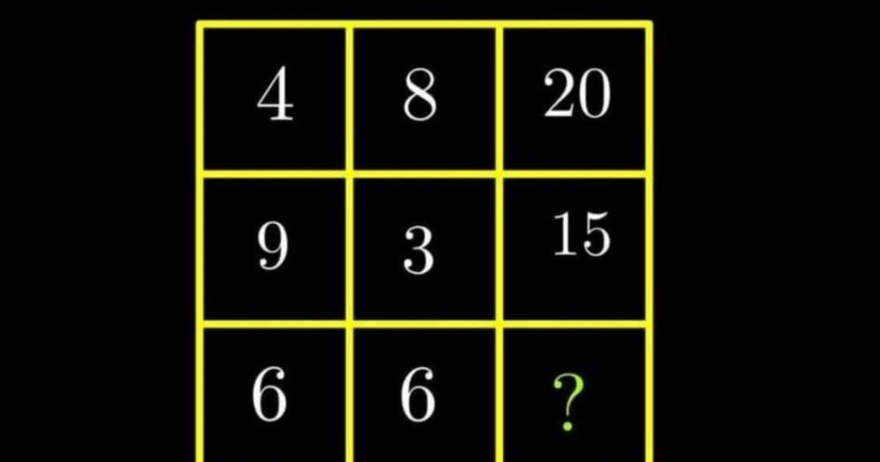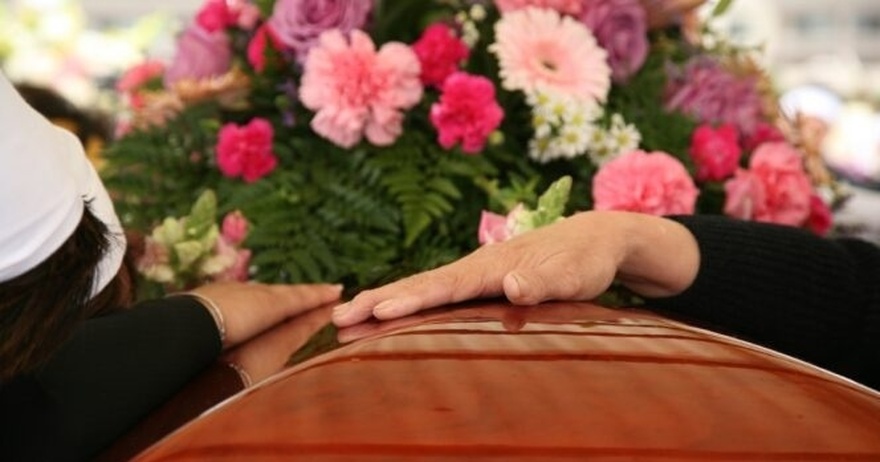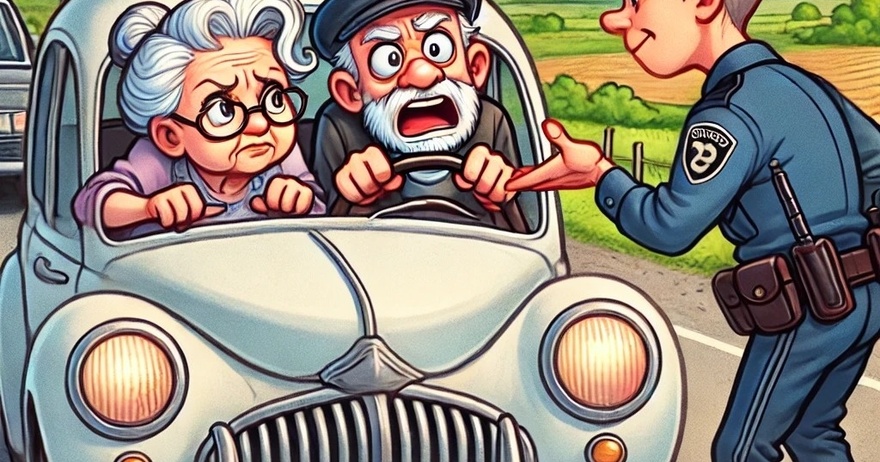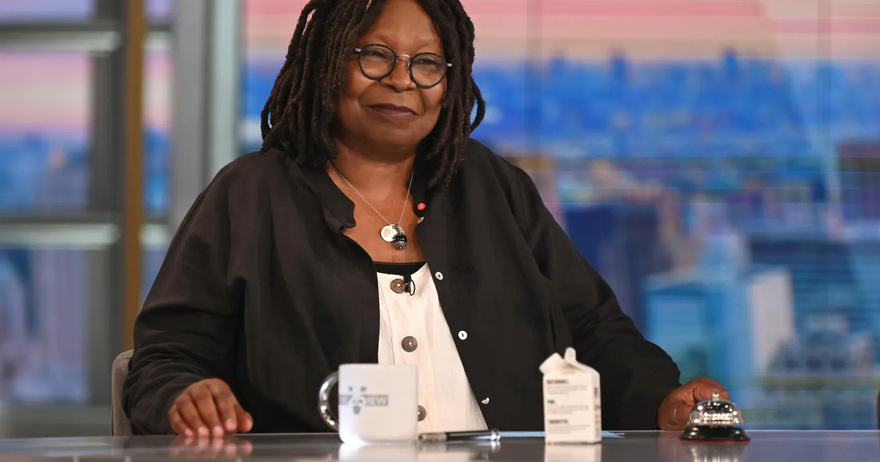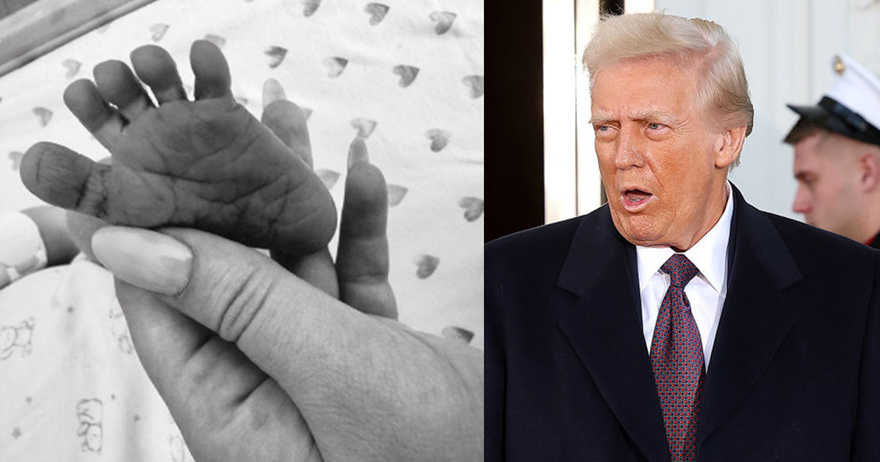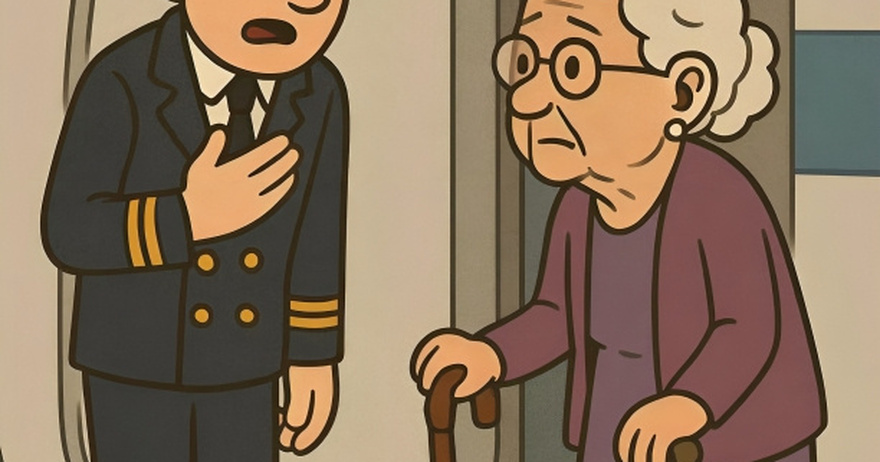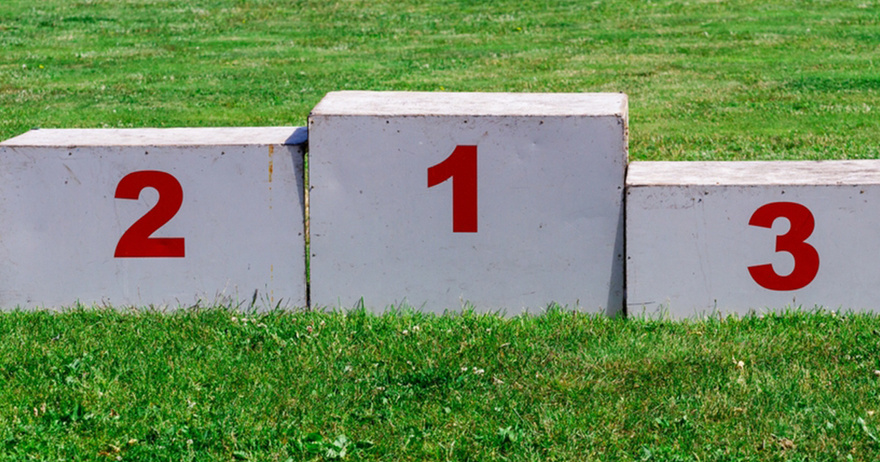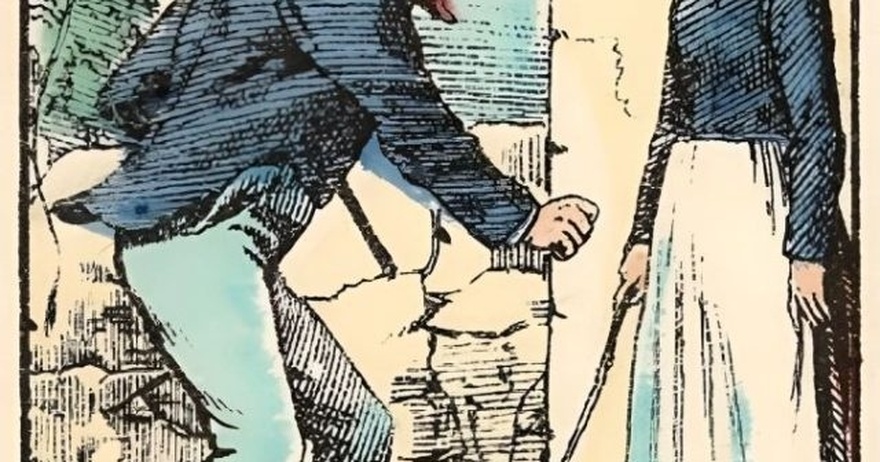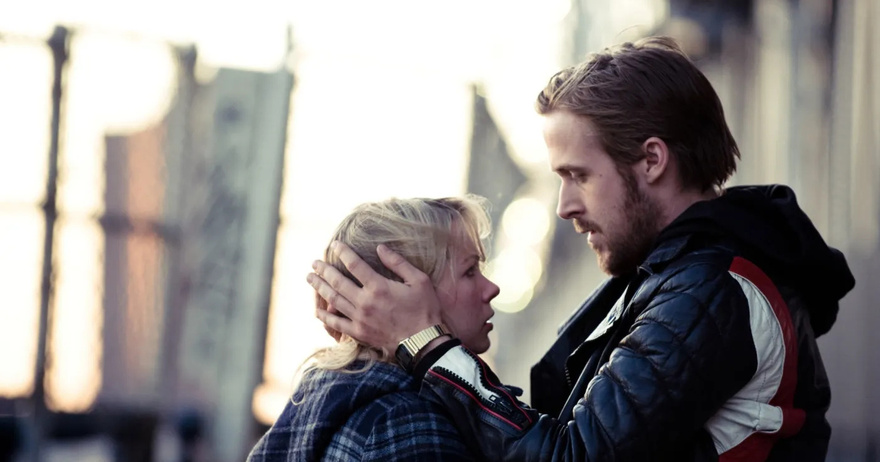If your TV went off air every night with the Star Spangled Banner, you grew up in a great era.
Local TV Revives a Bygone Tradition: Airing the National Anthem
Broadcasters bringing back “The Star-Spangled Banner” as a daily feature say they are encouraging unity, but the song can also be a dividing line.
It is one of popular culture’s generational divides: whether you are old enough to remember when television stations concluded the night’s programming with “The Star-Spangled Banner.” Decades ago, viewers would see a slide show of American imagery, perhaps a mountain range or frothy shoreline and then — hours of static.
Now, the early morning hours are filled with rebroadcasts and infomercials, eliminating any practical reason for a formal sign off.
But recently, television broadcasters have been reintroducing the practice of playing the national anthem once a day, pairing it with the same flavor of patriotic imagery, but in high definition and with multilayered audio. Some viewers might hear political overtones, too.
Gray Television, which has 145 stations, mostly in small and midsize markets, made it a companywide practice several months ago. Two other companies followed: CBS, at its 27 corporate-owned stations, including those in New York and Los Angeles; and Nexstar Media Group, one of the largest owners of television stations in the country. Within five months, the national anthem has become a daily part of programming at more than 350 stations across the country.
Hilton H. Howell Jr., Gray’s chief executive, said that he wanted to bring the anthem back to local television after decades of it being a mostly abandoned tradition. Mr. Howell, 57, grew up in a broadcasting family in Waco, Texas and remembered the station that his grandfather founded, KWTX, signing off with the anthem around midnight and then going snowy.
Gray went through a casting process to find the right people for the video accompanying the music. The one-minute, 45-second clip includes a 9-year-old South Florida girl, Reina Özbay, belting the anthem into a hand-held microphone, a uniformed soldier giving a salute and a young boy with his arms wrapped around a serviceman, perhaps his father. The video flips through an array of scenery: a band of wild horses gallops across a rural expanse, a whale’s tail dips into the water, a harvesting machine pushes through a field of crops, an American flag ripples in front of an industrial-looking town.
Stations owned by Gray — which stretch across the country from Fairbanks, Alaska, to West Palm Beach, Fla., to Presque Isle, Maine — play the company’s national anthem video in the early morning, typically around 4 a.m., though several schedule it for a second run before or after their evening newscasts, Howell said. Nexstar stations — which now number nearly 200 after the company acquired Tribune Media Company — and most of the CBS-owned stations also play their version of the anthem before dawn. In New York (WCBS), Los Angeles (KCBS), Chicago (WBBM), Philadelphia (KPY) and Boston (WBZ), it plays around 4:30 a.m
Though almost every station is always on air, those times generally correspond with the technical end of each day’s 24-hour programming cycle, or in the case of the CBS stations, right before their early-morning news shows. It is also a time of day when commercials are relatively cheap, but the companies said that minimizing revenue loss was not a factor in scheduling.
Gray and Nexstar executives said the reason to bring back the anthem was simple: encouraging national unity at a time of deep division in the country and, as Howell put it, “bringing back a great tradition of television.” (CBS did not make any executives available for comment.)
“This is a purely nonpolitical statement by our company,” Howell said.
Still, the decision to revive the anthem tradition comes at a time when overt allegiance to “The Star-Spangled Banner” has become one of the lines that separate blue and red America.
The professional football player Colin Kaepernick started a movement, and became one of the most polarizing figures in the country, by kneeling during the anthem to protest racial injustice.
As a presidential candidate, Donald J. Trump said that perhaps Kaepernick should “find a country that works better for him.” As president, he called for N.F.L. players to be fired or suspended if they knelt during the anthem.
To others, Kaepernick was a hero worth emulating. Athletes in other sports began to kneel. Representative Sheila Jackson Lee of Texas took a knee on the House floor, and Stevie Wonder, John Legend and Eddie Vedder did the same at their performances.
The television executives were explicit in saying that playing the national anthem regularly had nothing to do with the kneeling controversy.
But, Howell said, “If people want to kneel at 4 o’clock in the morning when we play this, fine with me.”
Regardless of their intentions, Mark Clague, an associate professor of musicology at the University of Michigan, said that in an era in which support of the anthem has become a “loyalty test,” it is difficult to frame its reintroduction to the airwaves as apolitical.
“It is somewhat provocative to bring the anthem to the fore in a new way at a moment of tension in this country,” he said.
Clague said it has been a politically charged song throughout American history. The lyrics that we are familiar with today, by Francis Scott Key, were written in 1814, after the United States unexpectedly won the Battle of Baltimore, which turned the tide of the War of 1812. Shortly before this triumph, the United States had suffered a series of embarrassing defeats, including the burning of the White House.
Key’s lyrics were essentially a vision of the United States being an undefeatable power after a period of great weakness, Clague said, which he sees as a political statement in itself.
It wasn’t until 1931 that “The Star-Spangled Banner” became the official national anthem. Around the same time, shortwave radio allowed Americans to hear broadcasts from overseas, and some noticed that stations in other countries concluded their programs by playing their anthems, Clague said.
In a 1935 letter to the chairman of the Federal Communications Commission, Representative Virginia E. Jenckes of Indiana urged the agency to suggest to American radio stations that they sign off with “The Star-Spangled Banner.”
“It is most impressive, for instance, at the end of a broadcast from Great Britain to hear the majestic rendition of ‘God Save the King,’” Jenckes wrote, according to the Heinl Radio Business Letter, which summarized news that came out of the F.C.C.
“Likewise,” she wrote, “the ‘Marseillaise’ thunders through from Paris, and the German national anthem from Berlin.”
Television adopted the practice from radio, Clague said. Fresh off World War II, the national anthem signoffs of the 1950s were filled with military images. In the 1960s and 1970s, when the Vietnam War was dividing the country, the imagery centered more often on local street scenes and community snapshots.
The anthem videos produced this year include a mixture of militaristic and community-based images. CBS borrowed parts of Gray’s anthem video (they were particularly impressed by the young girl’s vocal rendition), adding visuals from cities where they have stations.
Nexstar has been airing a variety of anthem videos that feature aspiring singers performing the song in different musical styles. In an early version, Julia Cole, a Nashville-based country singer and 2018 “American Idol” contestant, performs the anthem in front of the stained glass windows of a church as images fade in and out: an American flag on an ordinary home, a construction worker looking up at the sky, what appear to be military helicopters flying over greenery.
Considering broadcasters’ stated purpose of being a neutral purveyor of the news, Howell said there was trepidation among some employees about reintroducing the national anthem as a consistent feature. But the only significant complaints Howell said he heard were from viewers objecting to their clip of a soldier saluting, because the camera angle made it so they could see his palm of his hand (in the United States military, it is a no-no to show the palm during a salute.) The scene was reshot to make sure the palm wasn’t exposed.
Timothy C. Busch, the president of Nexstar Broadcasting, said that the response from viewers had been overwhelmingly positive and that he was not aware of a single complaint.
“Then again,” he added, “maybe they’re all in bed.”
A correction was made on Oct. 30, 2019: An earlier version of this article misidentified the CBS-owned Philadelphia station. It is KYW, not KPIX.
